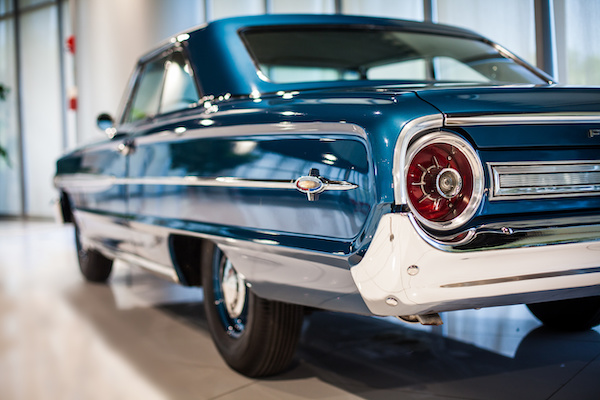
Classic, vintage, antique – they are all synonymous with one another, right? When you use them in a sentence, they may be interchangeable. However, for car fanatics, they are not all the same thing. In the automotive world, they are different depending on the year the car was built or the age of the car.
- A classic car is a term used for any car that is 20 years or older.
- A vintage car is coined for automobiles that were manufactured between 1919 and 1930.
- An antique car is any vehicle that is 45 years or older.
The criteria for State DMVs, insurance companies, and even classic car clubs vary from one another. In some scenarios, there may be an overlap between classics and antiques and vintage cars.
In the insurance field, a classic car should have its original design in order to qualify for the classification. It must not have any modern additions or replacements.
Vintage vehicles, on the other hand, do not have to be in their original condition. They can be lifted, modded, or customized without losing the title of being a vintage vehicle. As long as it is made between the years of 1919-1930, it is considered vintage.
Antique vehicles have a loose meaning. The condition of an antique car can be the most dramatic. In certain scenarios, antique plates are considered the same as classic cars and can be registered on vehicles that are over 20 years old.
We hope this cleared up any confusion you may have had between classic, vintage, and antique vehicles. If you own one of these very unique vehicles, and need assistance maintaining or fixing it up, please turn to the local auto experts at JFM Motors. We proudly work on classic, vintage, and antique vehicles of many makes